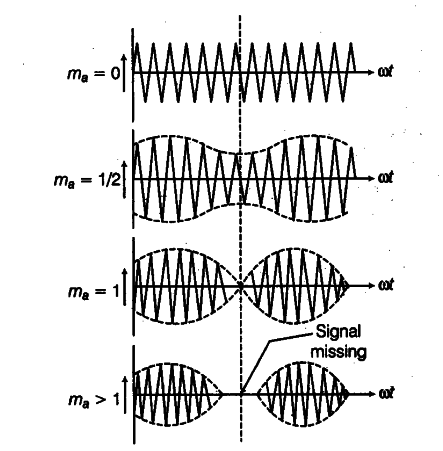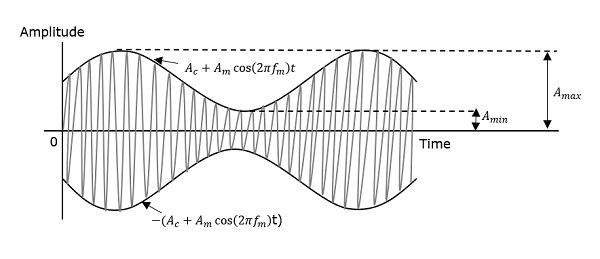In the ever-evolving landscape of technology and communication, mastering modulation stands as a key pillar in harnessing the true power of signal processing. The Modulation Index, a critical aspect often overlooked, plays a pivotal role in shaping the efficiency and effectiveness of various communication systems. In this comprehensive guide, we delve into the depths of modulation, unraveling its intricacies, and shedding light on how a nuanced understanding of the Modulation Index can propel your communication strategies to new heights.
Read more about Power of Halogenation
Contents
The Basics of Modulation
What is Modulation?
Modulation, in its essence, is the process of encoding information onto a carrier signal. This process enhances the transmission of data over a communication channel, overcoming limitations and ensuring the signal reaches its destination intact. The carrier signal, akin to a vessel, carries the information payload to be deciphered at the receiving end.

Types of Modulation
1. Amplitude Modulation (AM)
AM involves varying the amplitude of the carrier signal in proportion to the instantaneous amplitude of the modulating signal. This type finds applications in broadcasting and two-way radio communication.
2. Frequency Modulation (FM)
FM, on the other hand, involves varying the frequency of the carrier signal based on the instantaneous amplitude of the modulating signal. Widely used in radio broadcasting, FM modulation provides superior signal quality.
3. Phase Modulation (PM)
PM alters the phase of the carrier signal according to the instantaneous amplitude of the modulating signal. Commonly used in satellite communication, PM offers resilience against noise.
Unveiling the Modulation Index
Understanding the Modulation Index
The Modulation Index serves as a quantifier for the extent of modulation in a signal. It is calculated by comparing the peak deviation of the carrier signal to the frequency of the modulating signal.
A high Modulation Index signifies robust modulation, ensuring efficient signal transmission.
Applications Across Industries
Telecommunications
In the realm of telecommunications, a mastery of modulation and the Modulation Index is imperative. Whether it’s ensuring clear voice transmission in telephony or high-speed data transfer in digital communication, understanding and optimizing the Modulation Index is the key to success.
Broadcasting
For radio and television broadcasting, where signal quality is paramount, fine-tuning the Modulation Index enhances the coverage area and minimizes interference, leading to a superior broadcasting experience.
Wireless Communication
In the era of smartphones and pervasive connectivity, wireless communication relies heavily on modulation techniques. A judicious manipulation of the Modulation Index in wireless systems optimizes bandwidth usage and maximizes data transfer rates.
Strategies for Modulation Mastery
1. Precise Signal Analysis
Conducting a detailed signal analysis is the first step towards modulation mastery. Utilize cutting-edge tools to assess signal strength, frequency response, and distortion, enabling a comprehensive understanding of the modulation landscape.
2. Real-time Adjustments
Dynamic environments demand real-time adjustments. Implement systems that can dynamically alter the Modulation Index based on changing conditions, ensuring optimal performance regardless of external factors.
3. Continuous Learning and Adaptation
The field of modulation is ever-evolving. Stay abreast of technological advancements, industry standards, and emerging trends. Continuous learning ensures your modulation strategies remain at the forefront of innovation.
The SEO Advantage with Modulation Mastery
In a digital age dominated by online presence, mastering modulation can provide a unique SEO advantage. As search engines prioritize content relevance and quality, articles that demonstrate expertise and provide valuable insights naturally climb the rankings.
Conclusion
Mastering modulation, particularly understanding and optimizing the Modulation Index, is a journey that transcends traditional communication barriers. By embracing the intricacies of modulation, industries can elevate their communication strategies, ensuring clarity, efficiency, and reliability. As you navigate the dynamic landscape of technology, let the mastery of modulation be your guiding beacon.



